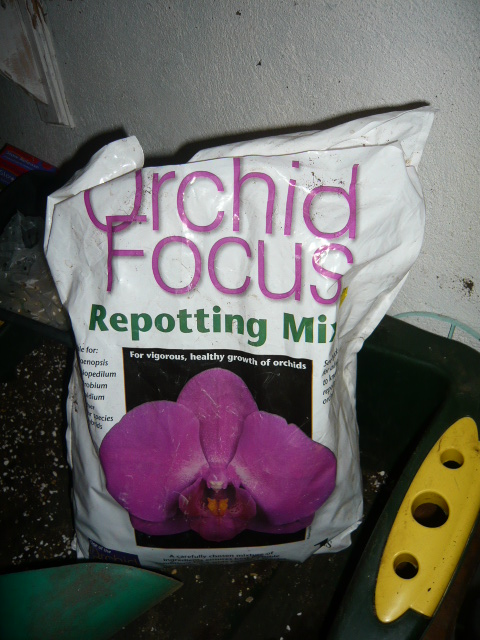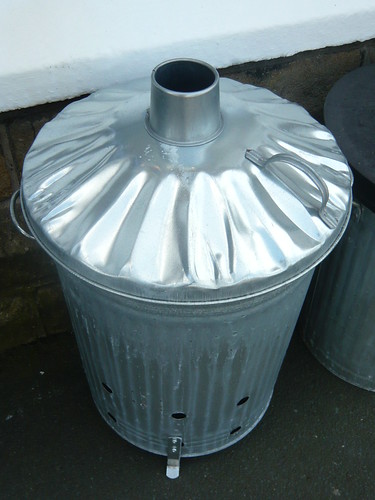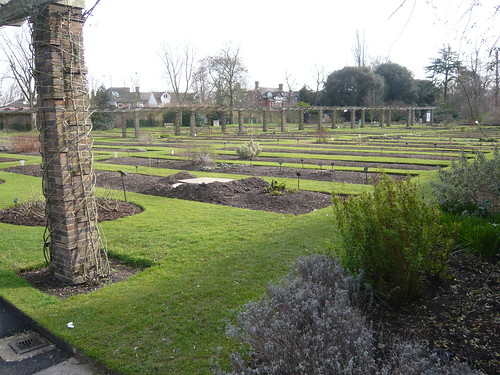Mowing Techniques & Tips
When one man went to mow it was to mow a meadow. Do you want to let your lawn get into that state? If not here are some tips but probably not enough to get you a stately home lawn.

Technical Approach
- Little and often is usually a good plan. One a week in spring, during dry spells and autumn but more frequently in summer.
- Aim to cut about one third of the height with each mowing
- An occasional cut during mild weather in winter with the blades set high.
- Start the year with the blades set high, upto one and a half inches for coarse grass down to a quarter of an inch for a bowling green standard fine lawn.
- The best cuts are made by cylinder mowers with a large number of blades. I now use a lithium battery model.
- Rotary mowers, strimmers and hover mowers are best for long tougher grasses.
Mowing Problems
- Remove clippings otherwise you may encourage worm casts, weeds, aeration problems and disease.
- Some recommend leaving clippings in hot dry weather to reduce evaporation but I find it unsightly and ineffective.
- Avoid scalping off the top surface by taking turns too quickly of dropping of the edge of the lawn.
- Setting to low can scalp the grass.
- Keep blades sharp and correctly set to avoid tearing the grass rather than cutting it.
- Alternate cutting horizontally and vertically to get the football pitch chequered effect.
Mowing in Special Situations
- Inspect the area for hazards such as sticks, stones and animal droppings.
- On a slope always mow side-to-side, not up and down the hill.
- Choose the right mower, ride-ons are not good for steep slopes. Electrict mowers can be dangerous in wet conditions.
- On wet grass raise the mowing height and keep the speed down to reduce the load on the motor.
- The stripes you see on a lawn or playing field is simply light reflecting off the grass blades that have been mowed in one direction then the reverse. A mower with a roller helps accentuate the effect.
- Treat weedy or moss infested lawns with proprietary weed and feed 3 days before cutting and leave for 3 days after dressing.











